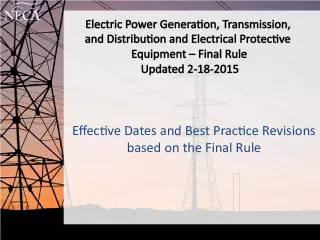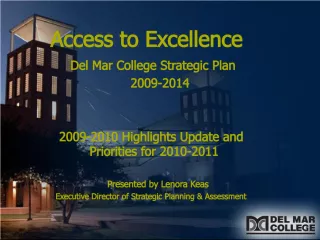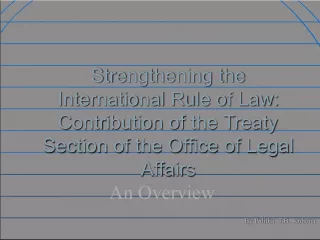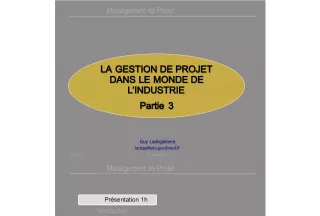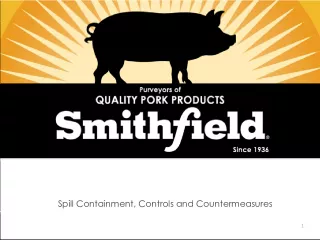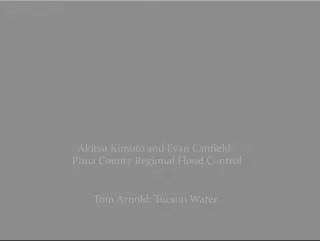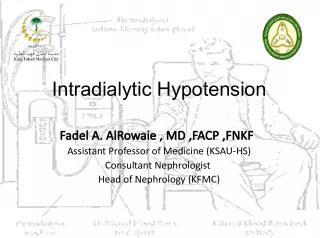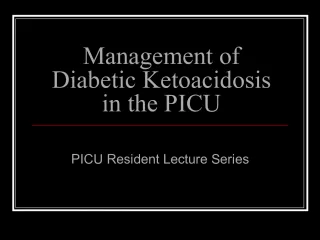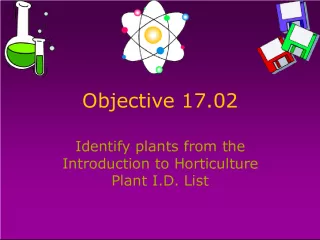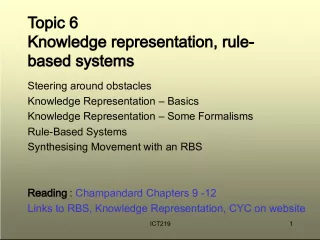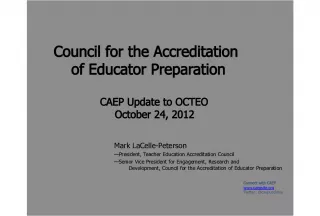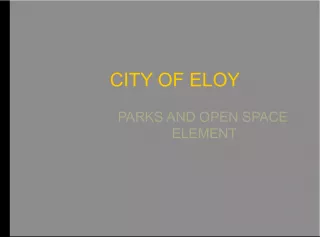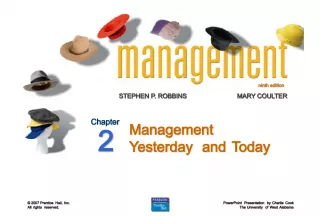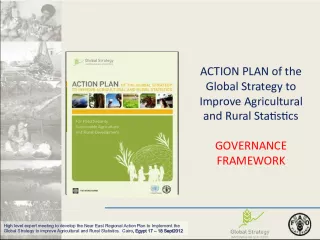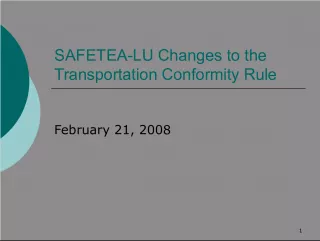GROWTH MANAGEMENT PLAN UPDATE A common rule of thumb
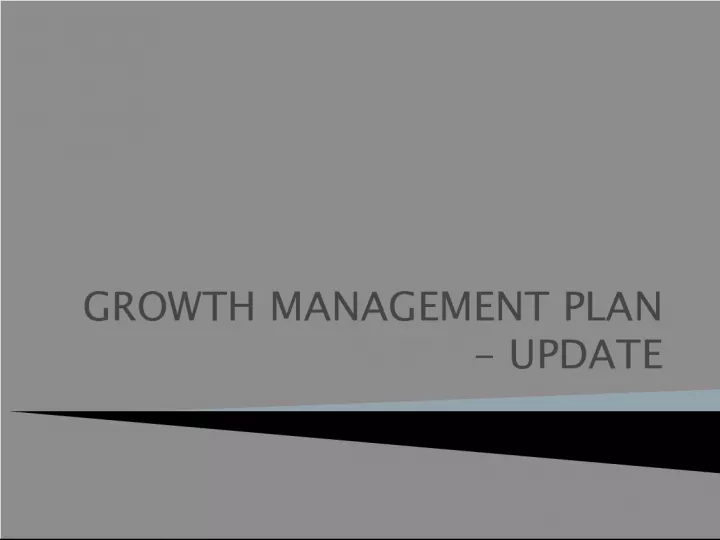

GROWTH MANAGEMENT PLAN UPDATE A common rule of thumb is that plans should be evaluated every five years and revised if necessary and th
- Uploaded on | 1 Views
-
 williewalker
williewalker
About GROWTH MANAGEMENT PLAN UPDATE A common rule of thumb
PowerPoint presentation about 'GROWTH MANAGEMENT PLAN UPDATE A common rule of thumb'. This presentation describes the topic on GROWTH MANAGEMENT PLAN UPDATE A common rule of thumb is that plans should be evaluated every five years and revised if necessary and th. The key topics included in this slideshow are 20003225,20003225,,,0,0,. Download this presentation absolutely free.
Presentation Transcript
1. GROWTH MANAGEMENT PLAN - UPDATE
2. A common rule of thumb is that plans should be evaluated every five years (and revised, if necessary), and thoroughly updated every decade. Using an outer limit of 10 years also makes sense because this is the length of the planning period as defined in statute , and most plans use that time frame in making projections and identifying issues. (Kittery Comprehensive Plan 1999) Beyond a decade, plans become particularly outdated, as projections, identified issues and proposed strategies become less accurate or relevant. SPO PLANNING GUIDANCE MANUAL
3. E ncourage orderly growth and development in appropriate areas of each community and region P lan for, finance and develop an efficient system of public facilities and services P romote an economic climate which increases job opportunities and overall economic well-being E ncourage and promote affordable, decent housing opportunities P rotect the quality and manage the quantity of the water resources P rotect other critical natural resources P rotect marine resources industry, ports and harbors S afeguard agricultural and forest P reserve historic and archeological resources P romote and protect the availability of outdoor recreation
4. 1. Population and Demographics Not required. 2. Economy (1) P lan for, finance, and develop an efficient system of public facilities and services to accommodate anticipated growth and economic development. (2) P romote an economic climate that increases job opportunities and overall economic well-being. 3. Housing To encourage and promote affordable, decent housing opportunities for all Maine citizens. 4. Transportation (1) To plan for, finance and develop an efficient system of public facilities and services to accommodate anticipated growth and economic development. (1) The transportation section must be developed in accordance with the Sensible Transportation Policy Act in order to be consistent with the Growth Management Act . 5. Recreation To promote and protect the availability of outdoor recreation opportunities for all Maine citizens, including access to surface waters. .
5. 6. Marine Resources (1) To protect the State's marine resources industry, ports and harbors from incompatible development and to promote access to the shore for commercial fishermen and the public. (2) For coastal towns, a local comprehensive plan address the state coastal management policies (38 MRS 1801). 7. Water Resources To protect the quality and manage the quantity of the State's water resources, including lakes, aquifers, great ponds, estuaries, rivers, and coastal areas. 8. Critical Natural Resources To protect the State's other critical natural resources, including without limitation, wetlands, wildlife and fisheries habitat, sand dunes, shorelands, scenic vistas, and unique natural areas. 9. Historic and Archaeological Resources To preserve the State's historic and archaeological resources.
6. 10. Agricultural and Forest Resources To safeguard the State's agricultural and forest resources from development which threatens those resources. 11. Public Facilities and Services To plan for, finance and develop an efficient system of public facilities and services to accommodate anticipated growth and economic development. 12. Fiscal Capacity and Capital Investment Plan To plan for, finance and develop an efficient system of public facilities and services to accommodate anticipated growth and economic development. 13. Existing Land Use To encourage orderly growth and development in appropriate areas of each community, while protecting the state's rural character, making efficient use of public services, and preventing development sprawl.
7. 1. M aintaining Maines historic settlement pattern of compact villages and urban centers separated by rural countryside, and sustaining a unique sense of place in every community by respecting local cultural and natural features; 2. T argeting economic and residential growth to compact, mixed use centers in areas with existing or planned infrastructure and services at a scale appropriate for the community and region; 3. P reserving and creating mixed use, pedestrian-friendly neighborhoods that incorporate open areas, landscaping and other amenities which enhance livability; 4. I nvesting public funds and providing incentives and disincentives consistent with principles 1, 2, and 3 above, as well as other principles below where applicable; 5. P roviding choice in the mode of transportation, and ensuring that transportation options are integrated and consistent with land use objectives;
8. 6. P rotecting environmental quality and important natural and historic features of the State, and preserving large areas of unfragmented wildlife habitat and undeveloped land; 7. E ncouraging and strengthening agriculture, forestry, fishing and other natural resource-based enterprises, and minimizing conflicts of development with these industries; 8. R einvesting in service centers and in downtowns and village areas, and supporting a diversity of viable business enterprises and housing opportunities in these areas; and 9. E stablishing and maintaining coalitions with stakeholders, and engaging the public in the pursuit of smart growth solutions.
9. TOP OVERALL RECOMMENDATIONS Take a hard look at your existing plan Aggressively and creatively engage the public Shift emphasis from inventory to policy Incorporate performance measures Think regionally Meaningfully address housing needs Think neighborhood Take strong steps to protect rural lands Incorporate Beginning With Habitat Plan for permanence Focus on the fiscal Anticipate unintended consequences Integrate transportation planning considerations Strengthen plan as an economic development tool
10. Principle Members Council 1 (Co-Chair) School Committee 1 Planning Board 1 Board of Appeals 1 Port Authority - 1 Citizens 6 (Co-Chair) Town Planner Ex officio Members Town Manager School Superintendent Water District Superintendent Ancillary Participants Staff Fire Chief Police Chief Public Works Commissioner Harbor Master Sewer Superintendent Recreation Director Assessor Ancillary Participants Boards & Committees Frisbee Revitalization Committee Conservation Commission Open Space Advisory Committee Parks Commission Rice Public Library Energy Advisory Committee Shellfish Conservation Committee Other Boards/Committees, as necessary Ancillary Participants - Community Spruce Creek Association Kittery Historical Society Kittery Land Trust Friends of Fort McClary Ancillary Participants - Regional SMRPC SPO Eliot York South Berwick Portsmouth Newington
11. Milestone ONE May September 2010 Orientation, Organization, Self Assessment, Data Collection Compilation of Strawman Storyboard, Shortfalls & Deficiencies Milestone TWO September 2010- July 2011 Topic SubCommittees, Support, Schedule & Expected Results Community Awareness Campaign Vision Creation Regional Coordination Extension Milestone THREE July 2011- December 2011 Goals Match Council Review Public Participation Campaign Submission to SPO for Certification Town Council for Adoption
